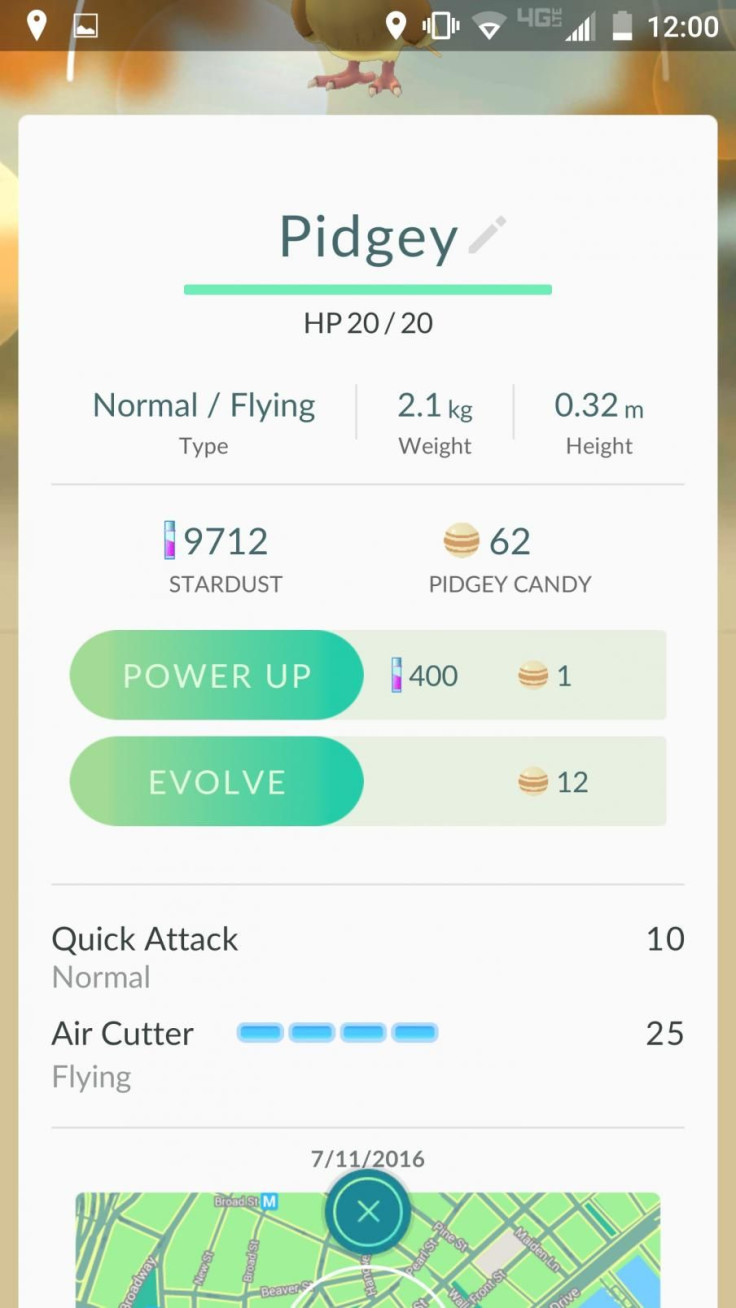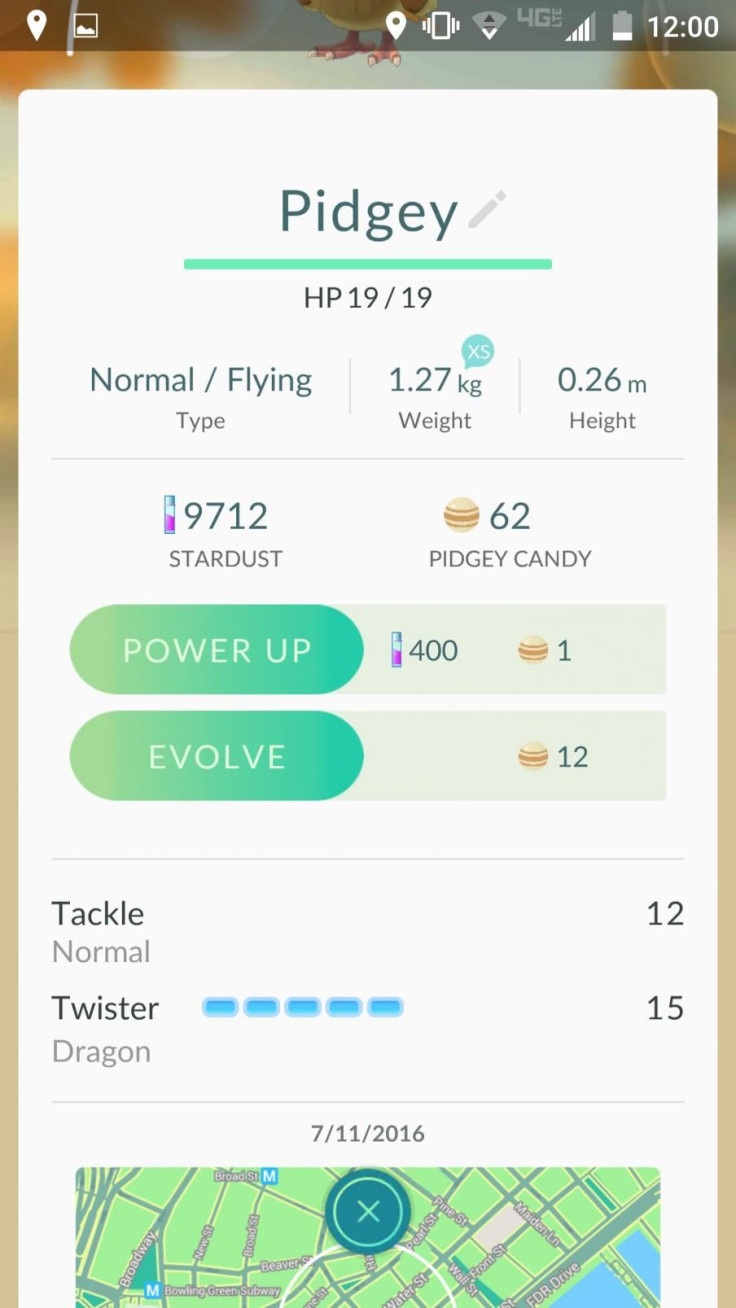Many trainers have already ventured out to catch all of the Pokémon included in the new Pokémon Go mobile app. However, catching is just one of the aspects of the addicting game.
Choosing a team and battling nearby Gyms are a big part of the community aspect of Pokémon Go. Last week, we went into depth with the basics of Gym Battles, we felt we needed to go even more in-depth.
The following battle guide for Pokémon Go will cover how Pokémon types and movesets work.
TYPE ADVANTAGES
Players familiar with the Pokémon franchise know that each individual Pokémon has a typing or two. These act as affinities that determine what each Pokémon’s strengths and weaknesses?
In Pokémon Go, the typings from the console games return and play a big role in Gym Battles, especially when determining the team you take into battle.
When you face off against a rival Gym, you’ll be able to take six Pokémon with you. If you know what Pokémon you’ll be up against, you can plan ahead. The first trainer you face at a Gym will appear above the location.
For example, the Gym has a Pinsir, which is a Bug-type. Bug types are weak against Flying, Fire and Rock type attacks.
Knowing this, you’ll want to take in as many Pokémon that has those type of attacks. Your Pokémon’s attack types are shown below the name of the move, for reference. Attacking with a super effective move will allow more damage to be dealt.
You’ll also want to consider resistances while choosing your team. If we go back to the Pinsir example, a Bug-type will normally have a Bug-type attack at its disposal.
Flying, Fire, Poison, Fighting, Steel and Fairy types are all resistant to Bug-type attacks. So if you don’t have enough Pokémon to deal super effective damage, bringing out a Pokémon that can resist common attacks will help.
Of course, you can’t always predict the moves of a Gym’s Pokémon but if you can correctly predict you’ll have an easier time.
If you aren’t familiar with the type advantages and disadvantages, check out the type chart below thanks to Bulbapedia.
NOTE: 2X means 2 times damage, 1X means neutral damage and so forth.

MOVESETS
If you notice your Pokémon’s stats, you’ll see that they have two moves. The first attack is the standard attack of that Pokémon, executed simply by tapping the opposing Pokémon.
However, the second or special move takes some time and energy. By holding down on your own Pokémon, you can launch the special move. These special moves differ depending on the Pokémon and are inherently stronger.
You’ll need to build up energy to use them. In battle, by attacking and dodging your foes’ attacks, you’ll build up energy that can be used.
Each special move requires a specific amount of energy, and certain moves can only be learned by certain Pokémon. If you want an in-depth and constantly updated list of moves in Pokémon Go , check out Serebii.
EVOLUTION
In Pokémon Go, you’ll have two moves that cannot change.
If you catch a Pokémon that does not evolve, the two moves that it has when you first catch it won’t change. However, Pokémon that can evolve will change attacks.
According to Serebii, “ Each Pokémon can have one of two standard attacks and one of three special attacks. While these can't change, when you evolve a Pokémon you will get the move in the same coded slot for the evolution. So if you have a Rattata with Tackle and Dig, when it evolves it will replace Tackle with Bite but keep Dig, whereas if its standard move was Quick Attack, it would keep that move.”
There is no perfect formula to figure out what moves will change when you evolve a Pokémon, so a bit of trial and error is the way to go to get the Pokémon with the desired move set.
MULTIPLE POKEMON
Move limitations are an interesting aspect of Pokémon Go. While in the regular games, each Pokémon has four moves that you can change rather easily, Pokémon Go makes it difficult and more random.
The added benefit of catching multiple Pokémon to gain Stardust and Candies to eventually level up and evolve means you may want to carry multiple Pokémon of the same species, if they have different movesets.
Here’s a Pidgey with two very different movesets. The first has Quick Attack and the Flying-type move, Air Cutter.

The second Pidgey has Tackle and Twister, a Dragon-type attack as its Special attack. If you want something that can take down a Dragon later on, you may want to train up this little guy.

There are various advantages to taking to battle two of the same species of Pokémon so go out and experiment with different Pokémon to see what moves you get and let us know in the comments section below what you found useful during your Gym Battles.
- As Close To Living Pokémon Fantasy As It Gets
- Active And Engaging Experience
- Lots Of Mon And Events
- Battles Aren't What Fans Expect
- Very Grindy



















